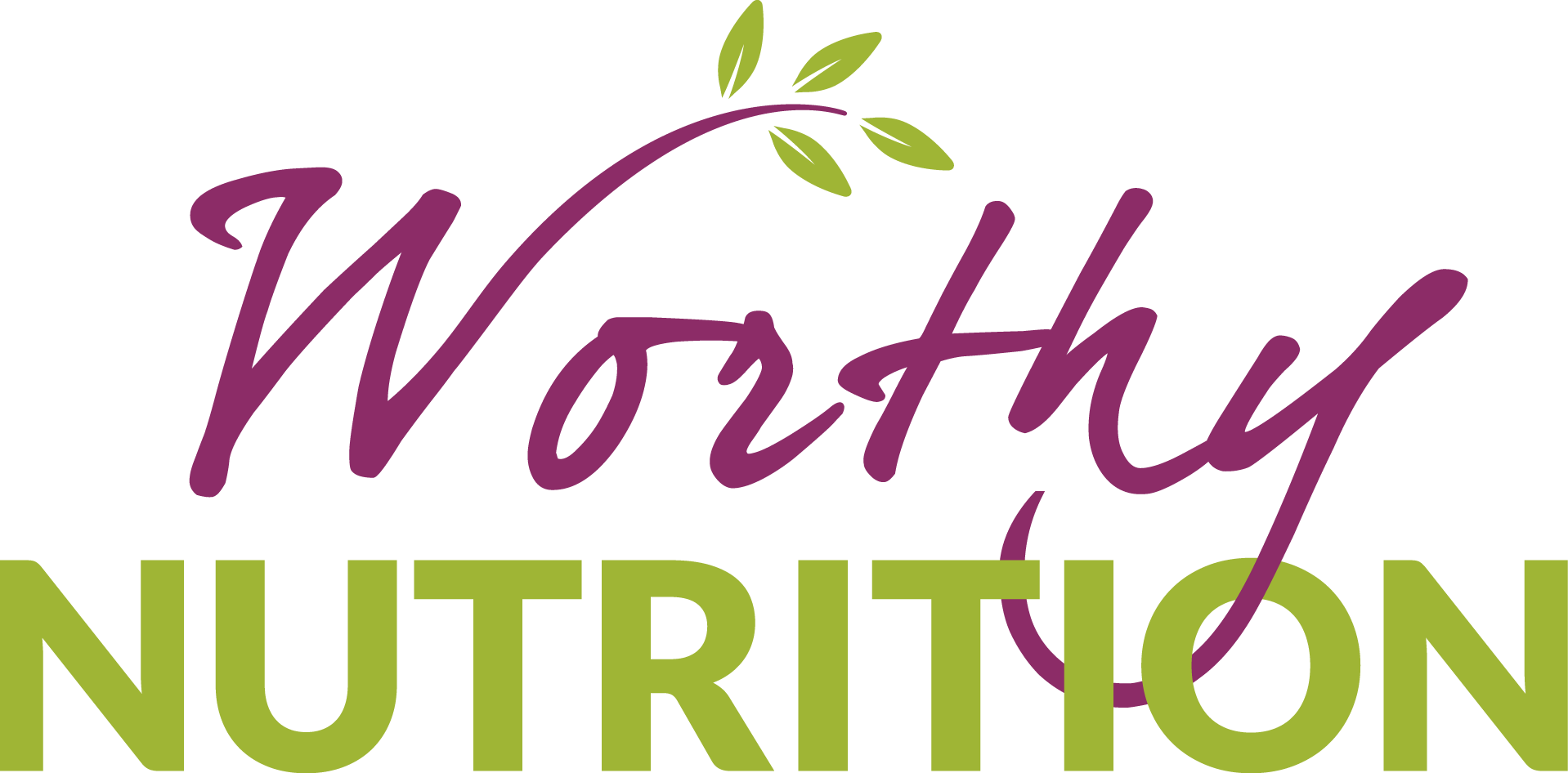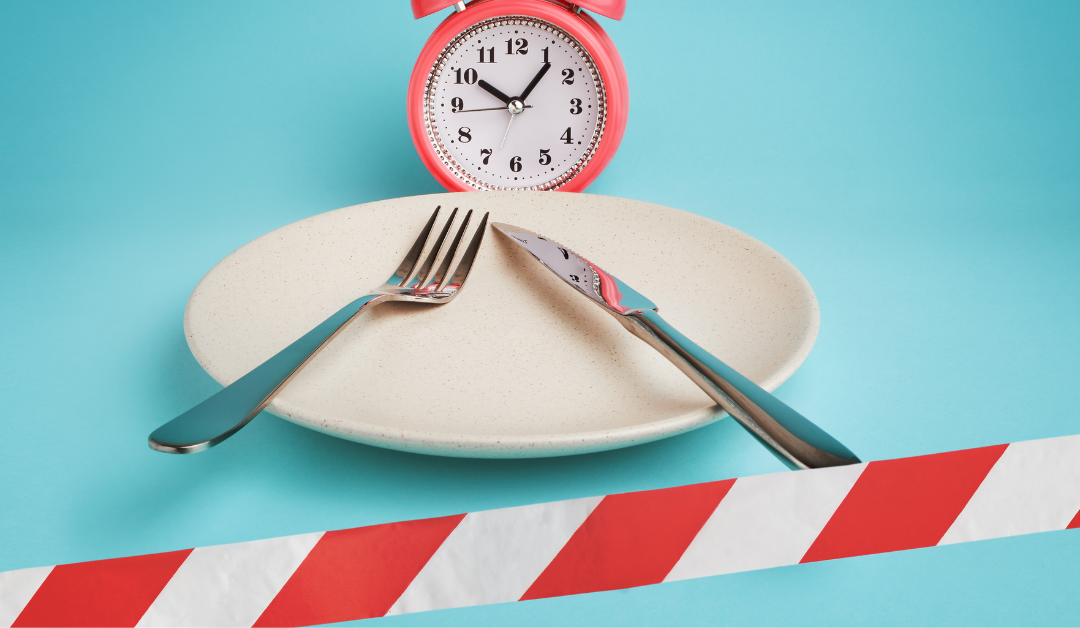First of all, best wishes to you from all of us here at Worthy Nutrition. It’s been a rough 2020, here’s to a better, brighter, healthier new year!
Among the different questions people ask about intermittent fasting, a common one is comparing it to starvation. Fasting can be confusing because you are going a certain length of time without eating or drinking anything with calories, but that doesn’t mean it is the same thing as starving yourself. Keep reading to learn the difference.
What is Fasting?
Intermittent fasting is a way of eating where you only eat during certain times of the day or week. This is not the same as starving yourself. The point is to get where your body is burning fat for energy, instead of taking all day to burn the food you eat for energy. This is the difference between maintaining weight and actually losing weight. While you are fasting, you are not going so long that you begin starving yourself or entering the dreaded ‘starvation mode’. You are also not trying to deprive yourself of necessary nutrients.
The Difference Between IF and Starvation
This might sound like starvation so far to you, but they are quite different. One of the biggest differences is in your mindset. When you are starving yourself, you are doing it purposely to keep yourself from eating foods that will fuel your body. There is often a deep-rooted mental issue related to starvation, not to mention failing to provide nutrients that help to sustain life. With intermittent fasting, you know when you will eat next, and you will try to eat nourishing foods for your body. You also don’t fast for so long that it will result in a negative physical effect on your health.
Knowing the Side Effects of Starvation
Another way you can tell the difference between intermittent fasting and starvation is that with IF, you won’t have all those classic malnutrition side effects. When you are starving yourself or simply not getting enough nutrients, you might have lightheadedness and feel faint, have nausea, abdominal pain, and constipation. If you are experiencing these symptoms while doing intermittent fasting, you are either not eating enough, or the foods you are eating do not contain the nutrition your body needs.
Doing Intermittent Fasting the Right Way
This is why you should make sure when you do eat while doing intermittent fasting, you eat the healthiest foods you can find. They should preferably be unprocessed and be whole, fresh foods. Plenty of lean protein, fruits, vegetables, grains, nuts, and seeds, will sustain you during the following fasted periods.
[RECIPE] Chocolate Peanut Butter Mousse Parfaits

Serves 4
Ingredients:
- 1 pint organic heavy whipped cream
- ¼ c. honey, preferably local, divided
- 1 t. real vanilla extract, divided
- 8 oz. organic cream cheese, room temperature
- ¾ c. natural sugar-free peanut butter, room temperature
- ¼ t. salt
- 4 oz. unsweetened chocolate, chopped
- ⅓ c. roasted peanuts, chopped
Directions:
- Combine the heavy whipping cream, one tablespoon honey, and ½ teaspoon vanilla extract in a large mixing bowl and beat with a hand mixer or immersion blender until light and fluffy, approximately 2-3 minutes. Scrape the sides of the bowl while blending to incorporate all ingredients. Set aside.
- Combine the cream cheese, peanut butter, 2 tablespoons honey, ½ teaspoon vanilla extract, and salt in another large mixing bowl and beat with a hand mixer or immersion blender until light and fluffy, approximately 2-3 minutes.
- Gently fold in 2/3 of the whipped cream into the peanut butter mixture until completely combined. Divide the mousse between four dessert or parfait bowls and set in the refrigerator to chill for approximately 10 minutes. Reserve remaining whipped cream, to serve.
- Right before serving, place the chocolate in a microwave-safe bowl and heat for 30 seconds. Stir and heat for another 15-30 seconds or until chocolate is completely melted. (Total cook time will vary). Remove chocolate from the microwave and stir in the remaining tablespoon of honey. Set aside.
- To serve, remove peanut butter mousse from the refrigerator and top each serving with a spoonful of the remaining whipped cream, a drizzle of melted chocolate, and some chopped peanuts. Enjoy!
To Your Health,
Patti






